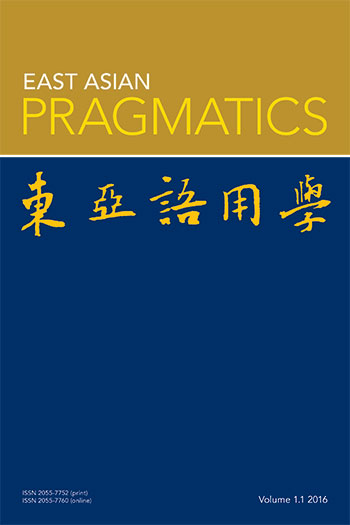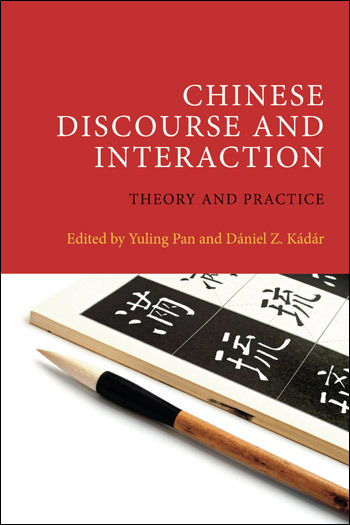Reviews
A much welcome addition to the ongoing exploration of Chinese politeness, as well as politeness research in general. It also has significant implications to cross-cultural pragmatics, and intercultural communication.From the Foreword by Yuling Pan
This volume is well-structured and functions as a comprehensive survey of research in Chinese politeness. It revisits a pervasive phenomenon in language – politeness, which has been studied in depth in the past three decades. Filling a gap in politeness research, in particular in Chinese languages, this volume has several strengths. First of all, it is the first collection of articles to focus on how linguistic behaviours towards politeness vary across genres in contemporary Chinese languages, covering not only face-to-face and written forms of communication but also those in computer-mediated contexts. Furthermore, the volume focuses on intracultural variations in discursive strategies across different types of interaction, including introduction, identity construction, rapport management and backchannelling. The volume is also innovative, as it embraces diverse approaches to politeness and a range of naturally occurring data. Rather than adhering to a single model or paradigm, this volume adopts theoretical modules of Leech’s (2014) GSP, Brown and Levinson’s (1987) Face Theory (FT), Spencer-Oatey’s (2000) Rapport Management Model (RMM) and Constructivists’ views of politeness (Arundale, 1999; Haugh, 2007; Kádár and Haugh, 2013; Watts, 2003).
Discourse and Communication








